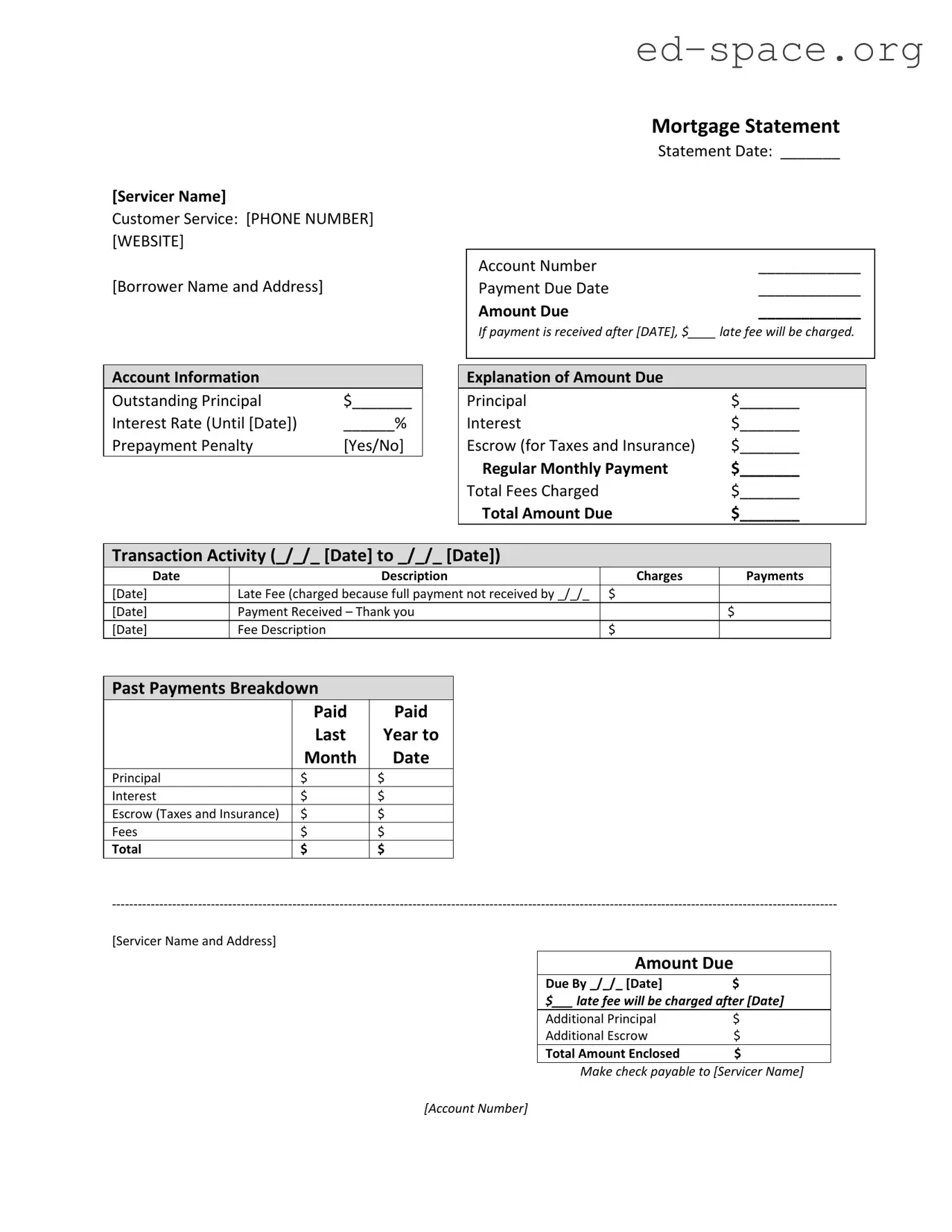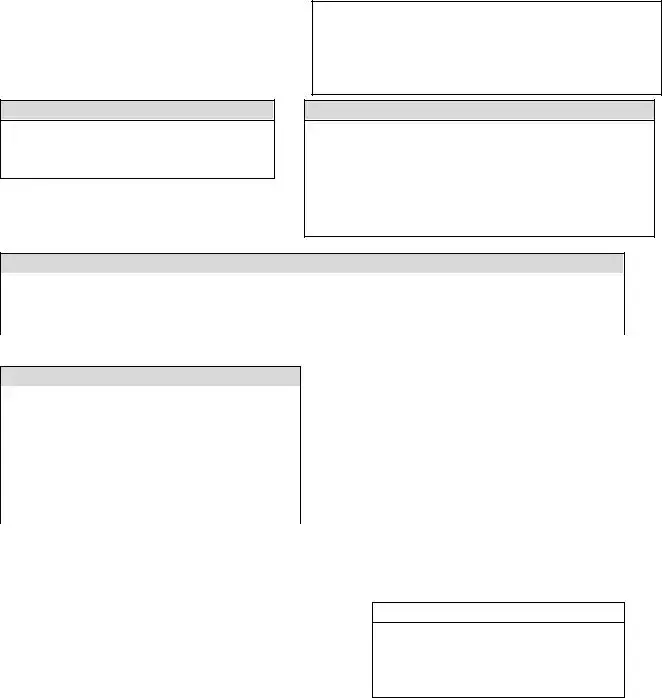What is a Mortgage Statement?
A Mortgage Statement is an essential document provided by your mortgage servicer that outlines important details about your mortgage account. It includes your outstanding balance, interest rate, monthly payment, and more. This statement is crucial for tracking your loan progress and managing your budget.
How often will I receive my Mortgage Statement?
Mortgage statements are typically sent monthly. However, some servicers may offer electronic statements or quarterly updates. It's important to review each statement to monitor changes or updates to your loan.
What should I do if I notice a mistake on my statement?
If you spot any discrepancies or errors on your mortgage statement, contact your servicer immediately. Providing detailed information and documentation can help resolve issues quickly. Regularly reviewing your statement can prevent potential problems.
Can I make additional payments on my principal or escrow?
Yes, you can make additional payments towards your principal or escrow. These extra payments can reduce your principal balance faster and potentially save on interest. Inform your servicer about how to apply these extra funds correctly.
What happens if I make a late payment?
If your payment is received after the due date, a late fee will be charged. This fee varies by loan terms and state regulations. Timely payments are crucial for maintaining a good credit score and avoiding additional fees.
What is a Prepayment Penalty, and does my loan have one?
A Prepayment Penalty is a fee charged for paying off your loan early. Not all loans include this penalty. Refer to your mortgage statement or contact your servicer to determine if this applies to your loan.
What is included in the "Escrow" portion of my payment?
The "Escrow" portion of your payment is allocated for taxes and insurance related to your property. Your servicer uses these funds to pay your property taxes and homeowners insurance on your behalf.
What should I do if I'm having trouble making my mortgage payments?
If you're experiencing financial difficulties, it's important to act promptly. Contact your servicer to discuss available options, such as modification, forbearance, or refinancing. There may be assistance programs to help you navigate through tough times.
What is a Suspense Account mentioned in my statement?
A Suspense Account is where partial payments are temporarily held until there's enough to cover a full monthly payment. It's vital to understand that these funds will not be applied to your loan until a complete payment is made.
How can I bring my loan current if I'm behind on payments?
To bring your loan current, you must pay the total due amount outlined in your statement. This includes any late fees or additional charges that may have accrued. Contact your servicer to discuss a plan and avoid potential foreclosure.


